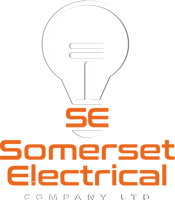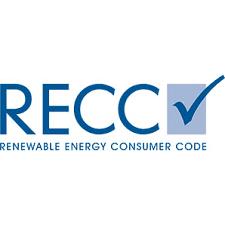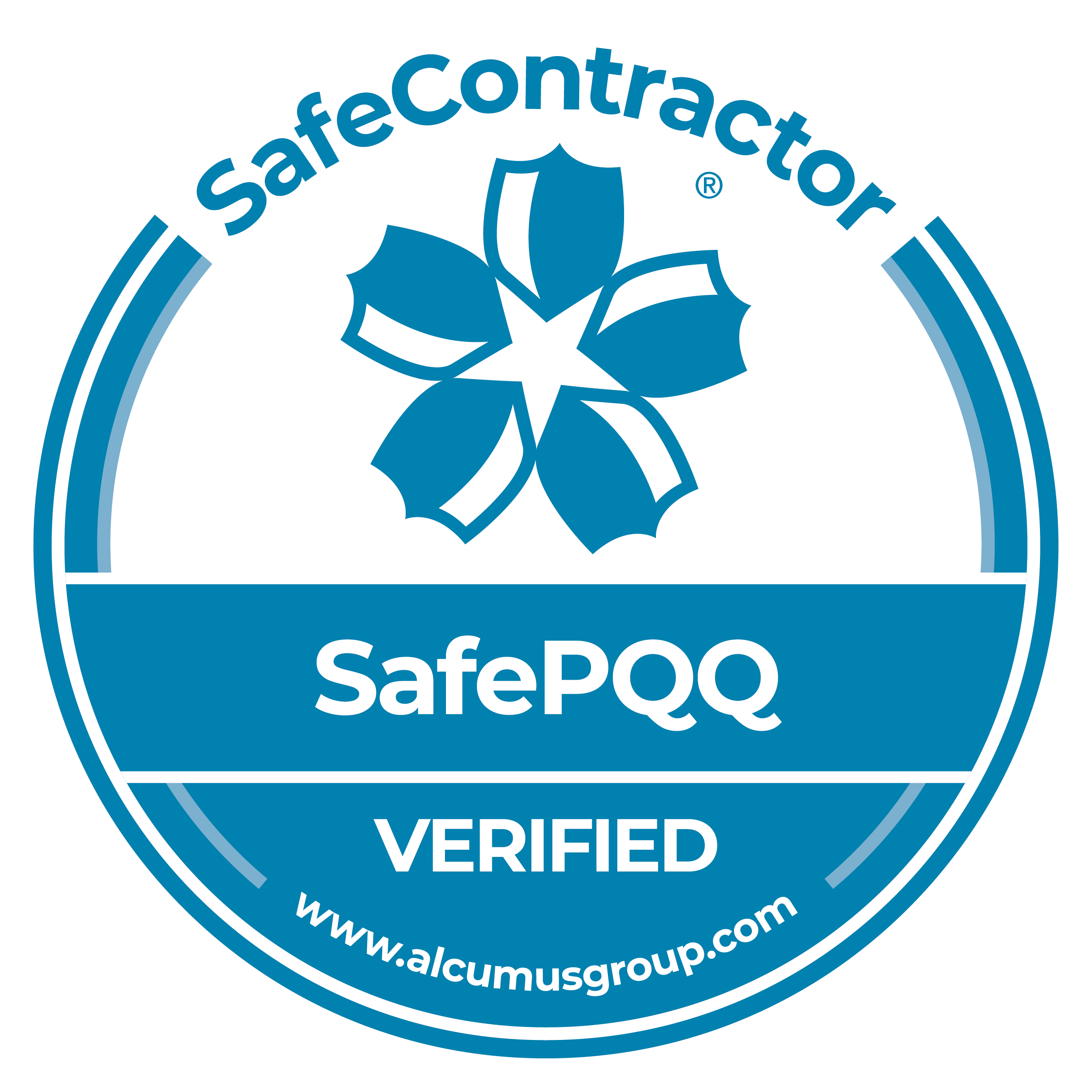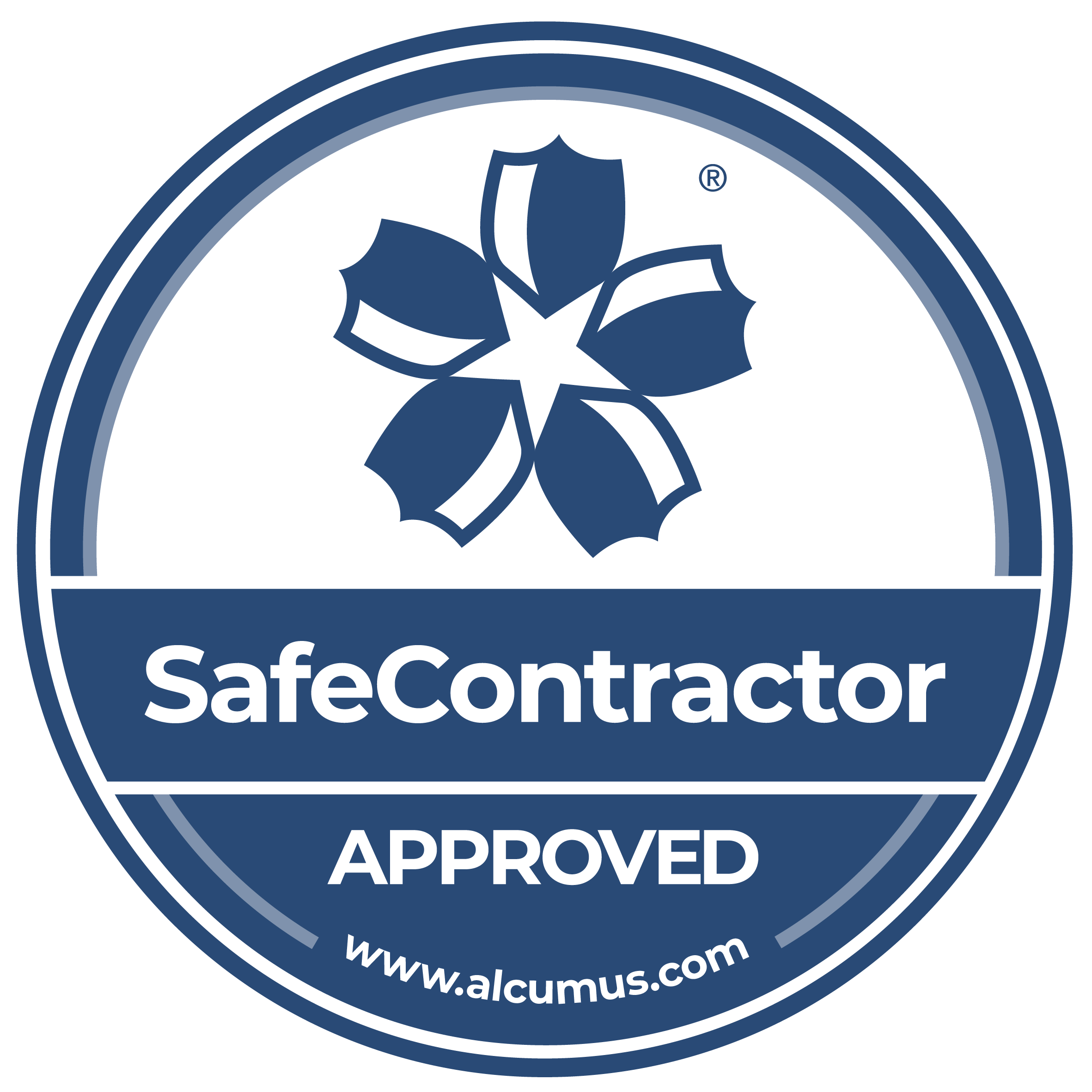Common Household Electrical Installation Difficulties
Electrical installations can be a difficult task for some homeowners.
Many factors go into an electrical installation, and if not done properly it could lead to serious injury or even death. This blog post will cover the common problems associated with installing an electrical system in your home, as well as how you can avoid them.
Make Sure you Know the Difference Between a Plug and an Outlet
It is common knowledge that electrical installations aren’t easy to do and that mistakes can be made.
It is equally important for you to understand that there are mistakes that people make just by using the wrong term. A plug and an outlet are not the same, but many people use the terms interchangeably.
Plugs and outlets have different sizes and shapes. A plug and an outlet also have different uses, so it’s important to know the difference between the two.
An outlet is a plug’s counterpart, which is mounted on the wall. A plug is then used to connect an electrical device, like a lamp, to the wall by plugging it into that outlet.
It may not seem like much of a difference, but it is an important difference because plugs can be a common source of electrical problems. If a plug is not installed properly or the wiring is not secured, it can lead to fire hazards.
That’s why it’s important to consider hiring a professional electrician to do your electrical work for you, mistakes can be costly.
Install new Outlets in Places That Will be More Convenient for Your Needs
Sometimes, when we move into a home, we end up, after some time, having more appliances and gadgets than our outlets allow us to accommodate.
Installing some new outlets can be an unnecessary expense, but installing new ones in more convenient places can be a lot more practical and cost-effective. Not only does it make it a lot easier to plug in your gadgets, but it also makes your home a more functional place because you don’t have to have extension leads and their wires traipsed all over the place, so it also makes your home a safer place.
You should first make a plan of where you would like the new outlets to be installed and then consult with a specialist about how this can be achieved and what process it will take to achieve it.
Consider Using Power Strips to Turn on Multiple Appliances at Once
Power strips are convenient because they allow you to turn multiple appliances on or off with one switch.
They are engineered so that one switch will turn on all of the appliances plugged into them. Many people like using power strips because it saves them time and they can save a little bit of money on electricity.
They can also be used to save space. Installing new power strips is fairly simple, and you might even be able to do it yourself.
However, you should always consult a professional electrician about this project before going ahead. Just bear in mind the appliances that will be going into the power strip because there might be certain ones that we don’t want to be switched off, such as alarm clocks, fridges, freezers, and so on.
Use Surge Protectors to Keep Your Electronics Safe From Sudden Power Surges
Sometimes in our homes, power cuts can occur, whether it is from a bad storm or just the electricity tripping out, and this can lead to your appliances getting damaged.
These surges and electrical spikes can be dangerous, especially if your electronics are not properly grounded. To avoid this, a surge protector can be installed.
A surge protector is a device that is hooked up to your power line and will protect all of your electronics from damage. This type of device will prevent any further damage to your electrical items, and you can even buy them from hardware stores.
Surge protectors use the latest technology, and they often come with multiple outlets as well. That way, you can plug in multiple devices, such as your computers, televisions, DVD players, video game consoles, and so on.
Surge protectors can also be installed outside your home. Surge protectors are relatively easy to install.
However, these devices do need a power supply, which means that they need to be connected to an electrical wire. If you are planning on installing one yourself, then you might want to consult a professional first.
Don’t Overload Extension Cords With too Many Devices Plugged Into Them
Most of us have extension leads in our homes due to a lack of outlets to plug our appliances and gadgets into.
As mentioned above, it might be worth considering having more outlets installed to remedy the need for extension leads. But as most of us do use them, we can all be guilty of overloading them, and we can end up burning them out.
To keep our extension leads lasting a long time, we should try not to overload them with too many plugs. The extension leads should be long enough to give you plenty of space to plug in most appliances, but they should not be so long that they will end up tangling up.
Extension leads should be fully extended to make the connection. In this way, no electricity is going to waste.
You may not be aware, but tangled extension leads can be dangerous. The wires can end up choking, burning out, or breaking.
This can all be prevented by simply making sure that your extension leads are fully extended before plugging anything in.
Check all of Your Electrical Work Before Turning it On
If you do feel confident enough to tackle those electrical projects yourself, then you should take care to check all of your work before switching it on.
Mistakes can easily be made, and sometimes those mistakes can have serious consequences. So, before you turn anything on in your home, make sure that the wiring is up to standard.
If you have any doubts, call a professional. A professional will be able to identify where you’ve made mistakes and will be able to replace them for you if you have made any.
Nothing is worth taking a chance on when electricity is involved. Safety is first and foremost.
Summary
We hope this blog post has helped teach you about the basics of electrical work so that you can keep your home safe and live comfortably.
Remember to check all outlets before using them, use power strips for multiple devices at once, and don’t overload extension cords with too many plugs into one cord!








